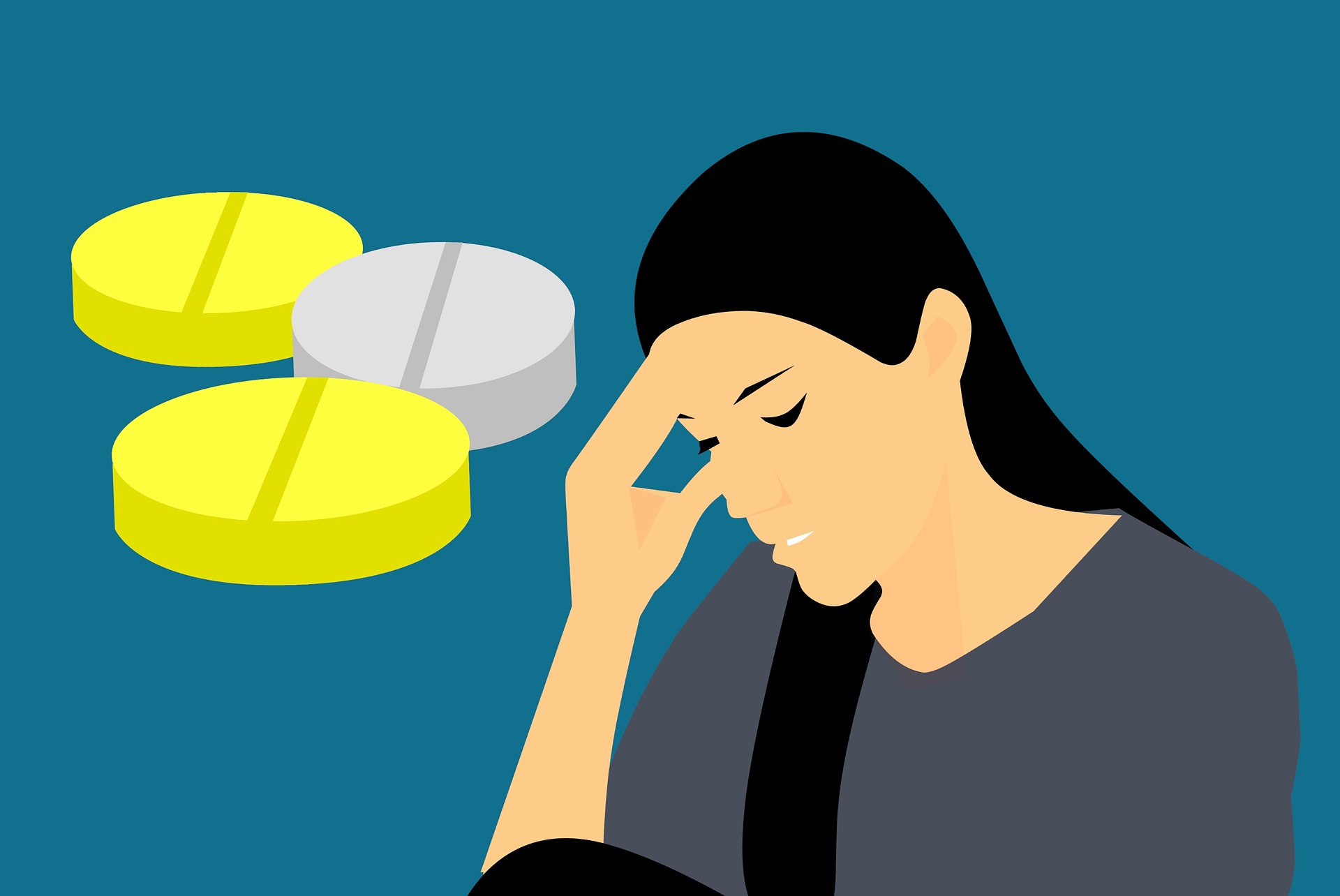
Millions of people worldwide are affected with migraine, a neurological disorder characterized by recurrent, throbbing headaches. Beyond being a mere headache, migraines can be debilitating, disrupting daily life and productivity. To comprehend the intricacies of migraines, one must delve into the spectrum of symptoms that accompany this condition. From the classic pulsating pain to the less-known aura and associated symptoms, understanding migraine symptoms is crucial for effective management and improved quality of life.

The Pulsating Pain
The hallmark of migraines is the intense, pulsating pain that often occurs on one side of the head. This pain can last for hours or even days, rendering individuals incapacitated during an episode. The throbbing nature of the pain distinguishes migraines from other types of headaches. The severity of the pain can vary from person to person and from one episode to another, with some experiencing mild discomfort while others endure excruciating agony.
The Aura Phenomenon
Not all migraines present with auras, but for those who experience them, auras can be both fascinating and distressing. Auras are sensory disturbances that typically precede the onset of the headache phase. Visual disturbances, such as seeing flashing lights, zigzag lines, or blind spots, are common in visual auras. Tingling sensations in the face or extremities, difficulty speaking, or even temporary paralysis might involved in other types of auras. It is essential to understand the aura phase which is crucial for predicting and managing migraines, as it provides a window of opportunity for early intervention.
Sensory Sensitivity
During a migraine attack, individuals often become hypersensitive to stimuli that would ordinarily go unnoticed. Photophobia, or sensitivity to light, is a prevalent symptom, causing discomfort even in normal lighting conditions. Similarly, phonophobia, or sensitivity to sound, can make routine noises unbearable. Another facet of sensory sensitivity is the sensitivity to smells, known as osmophobia, which can exacerbate migraine symptoms. Understanding and managing sensory sensitivity is an essential component of coping with migraines and minimizing the impact on daily activities.
Nausea and Vomiting
Nausea and vomiting are common symptoms that accompany migraines, adding an extra layer of distress to an already challenging experience. The gastrointestinal symptoms can further compromise an individual’s ability to function during an attack. The severe pain or the activation of certain pathways in the brain associated with both pain and nausea may trigger nausea. These symptoms are often managed by anti-nausea medications and a focus on maintaining hydration and nutrition during and after an episode.
Cognitive Impairment
Migraines can also impact cognitive function, leading to what is often referred to as “brain fog.” Cognitive symptoms may include difficulty in concentrating, memory issues, and slowed thinking processes. These cognitive impairments can persist even after the headache phase has subsided, affecting an individual’s ability to perform daily tasks and participate in work or social activities. Recognizing and addressing cognitive symptoms is crucial for those managing migraines, as it allows for targeted strategies to mitigate the impact on cognitive function.

Physical Weakness and Fatigue
In addition to the intense pain and cognitive disturbances, migraines can manifest as physical weakness and fatigue. Some individuals may experience weakness or numbness on one side of the body, a condition known as hemiplegic migraine. This type of migraine can be particularly alarming due to its neurological symptoms. The overall fatigue that accompanies migraines can persist for days, leaving individuals feeling drained and exhausted. Managing physical weakness and fatigue involves a delicate balance of rest, hydration, and gentle exercise when appropriate.

Emotional Impact
The emotional toll of migraines should not be underestimated. Living with a chronic condition that disrupts daily life can lead to frustration, anxiety, and depression. The unpredictable nature of migraines, coupled with the social stigma surrounding invisible illnesses, can further exacerbate emotional distress. Support networks and mental health interventions are essential components of comprehensive migraine management, addressing the emotional impact and improving overall well-being.
Conclusion
In conclusion, understanding the multifaceted nature of migraine symptoms is crucial for individuals affected by this neurological disorder. From the pulsating pain that defines migraines to the varied and often complex array of associated symptoms, a comprehensive understanding allows for better management and improved quality of life. As research continues to uncover the intricacies of migraines, individuals, healthcare professionals, and society as a whole can work together to destigmatize this condition and provide effective support for those navigating the challenges of living with migraines.







